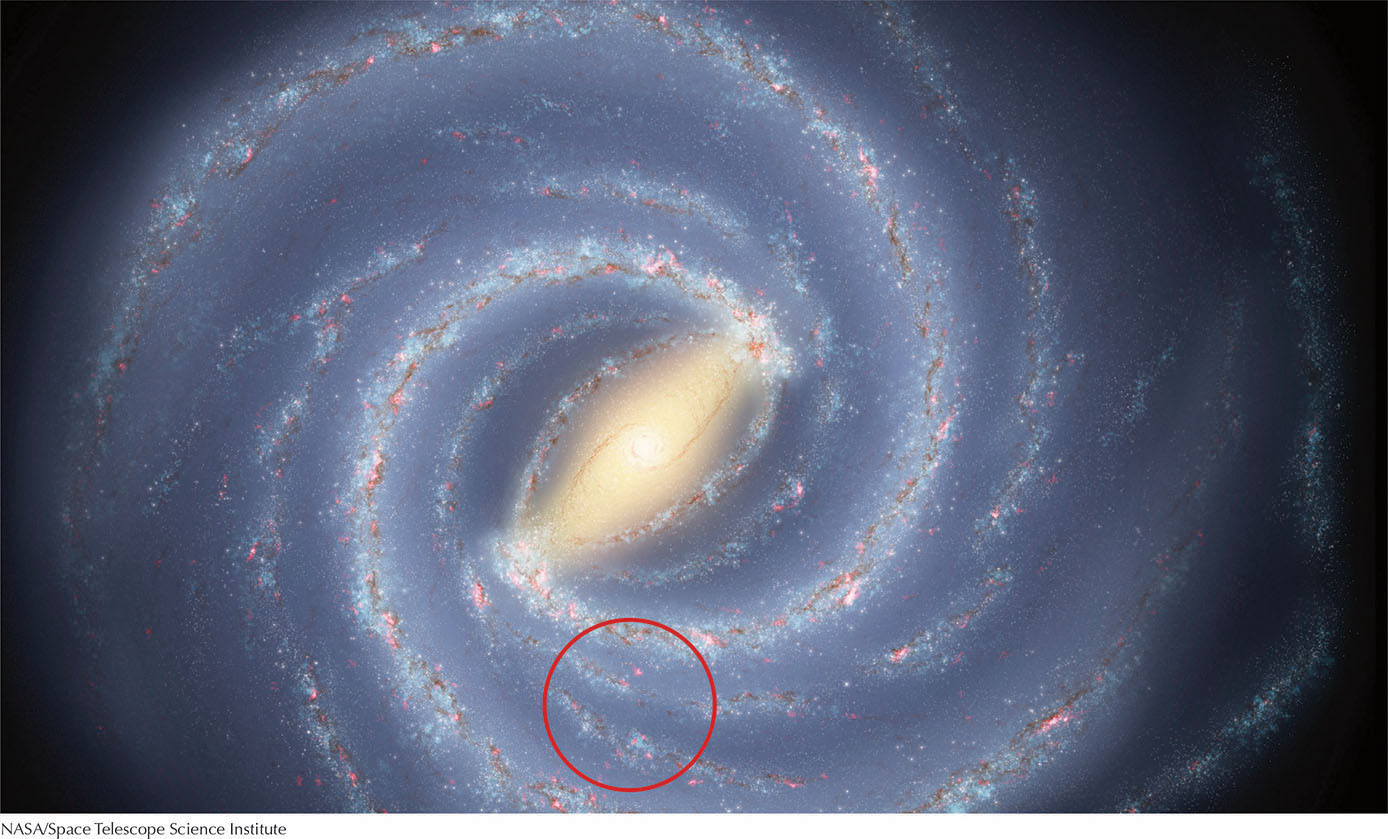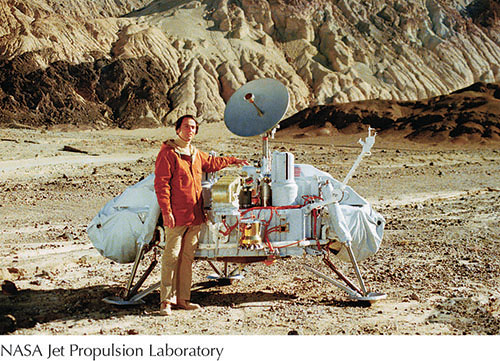557
CHAPTER [strong]19[/strong]

Astrobiology
WHAT DO YOU THINK?
 Why is water so important to the formation of life?
Why is water so important to the formation of life?
 What element is uniquely suited to be the foundation of life as we know it, and why?
What element is uniquely suited to be the foundation of life as we know it, and why?
 How do astronomers search for extraterrestrial intelligence?
How do astronomers search for extraterrestrial intelligence?
 Have astronomers located any extraterrestrial civilizations?
Have astronomers located any extraterrestrial civilizations?
 If advanced alien civilizations exist, is there any way they might know of our existence?
If advanced alien civilizations exist, is there any way they might know of our existence?
Answers to these questions appear in the text beside the corresponding numbers in the margins and at the end of the chapter.
558
If, as we said in the first chapter of this book, the starry night sky inspires us to look beyond ourselves, the study of astronomy often motivates us to contemplate the formation of Earth, the nature of the stars, and even the creation of the universe. Perhaps two of the most compelling questions in this realm of nature are how life began here on Earth and whether there is life elsewhere in the universe.
Scientists are searching for the origins of life on Earth by doing experiments in hopes of recreating steps in that process. In 2010, for example, a simple artificial cell was fabricated. A key part of these experiments involves trying to determine the physical environment of the young Earth and the materials available on it at the time when life began.
Understanding the origins of life may be helped forward by discovering primitive life elsewhere in our solar system, such as inside Mars, Europa, Ganymede, and, possibly, other moons of the solar system. Astronomers have begun looking for it, developing life-seeking space missions to other worlds, beginning with two that went to Mars in the 1970s (Figure 19-1; see also Section 7-13).

Margin Question 19-1
Question
How would most scientists respond to the statement: “Aliens might be here, but we just haven’t seen them yet”?
The search for advanced extraterrestrial life has gone in several directions, starting right here on Earth. Conceivably, advanced civilizations from elsewhere have sent spacecraft to visit our planet. In fact, some people believe that they have seen extraterrestrials or, at least, their spacecraft, commonly called unidentified flying objects (UFOs). This discussion has led to the question of whether life on Earth was “seeded” intentionally or accidentally by alien visitors. If Earth was visited, the seeding of it with life by aliens is possible, but Occam’s razor requires us to explore simpler avenues for the beginning of life here.
Are there other advanced civilizations elsewhere in the cosmos? Some people find comfort in the belief that Earth is the only home for life. Others look at the vastness of the universe and the size and diversity of the objects in the cosmos and thereby find reason to expect there may be other worlds suitable for sustaining life. Some scientists are now undertaking high-tech searches for distant extraterrestrial life, trying to answer this question of whether we are alone in the universe. If we are not alone, perhaps advanced life forms on other worlds are searching just as we are, for company in the cosmos.
In this chapter you will discover
 what qualities scientists believe a world must have in order to support life
what qualities scientists believe a world must have in order to support life
 why many scientists are open to the possibility that primitive life exists elsewhere in the solar system
why many scientists are open to the possibility that primitive life exists elsewhere in the solar system
 how scientists estimate the number of planets orbiting other stars that could support complex life
how scientists estimate the number of planets orbiting other stars that could support complex life
 how scientists search for life beyond our own solar system—and the results of those searches
how scientists search for life beyond our own solar system—and the results of those searches
 how we are trying to communicate with advanced extraterrestrial civilizations
how we are trying to communicate with advanced extraterrestrial civilizations